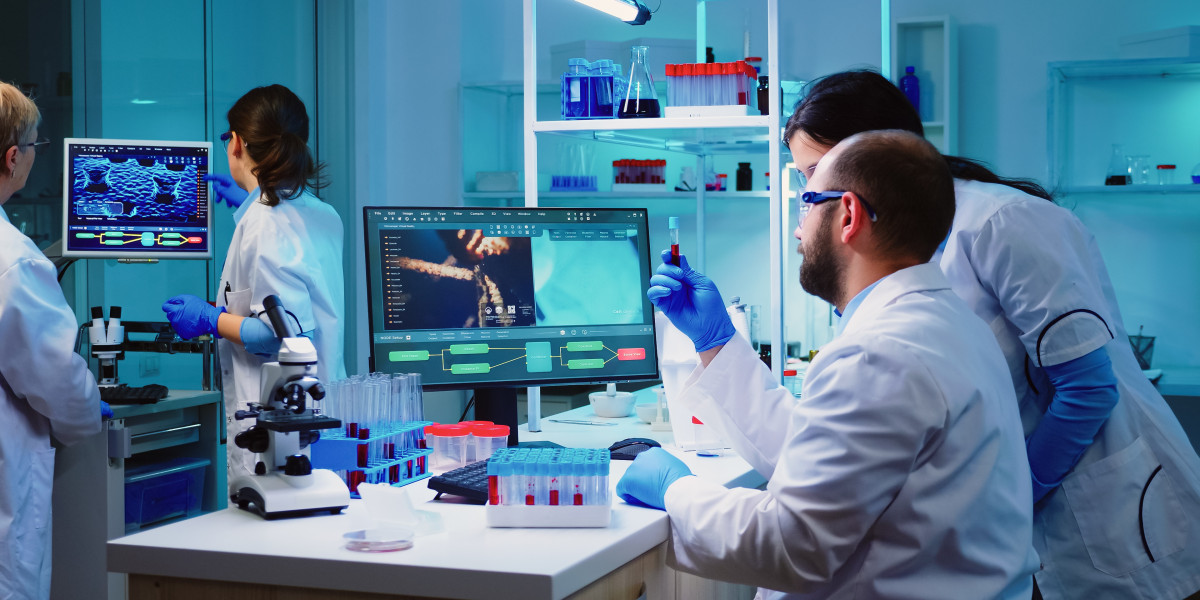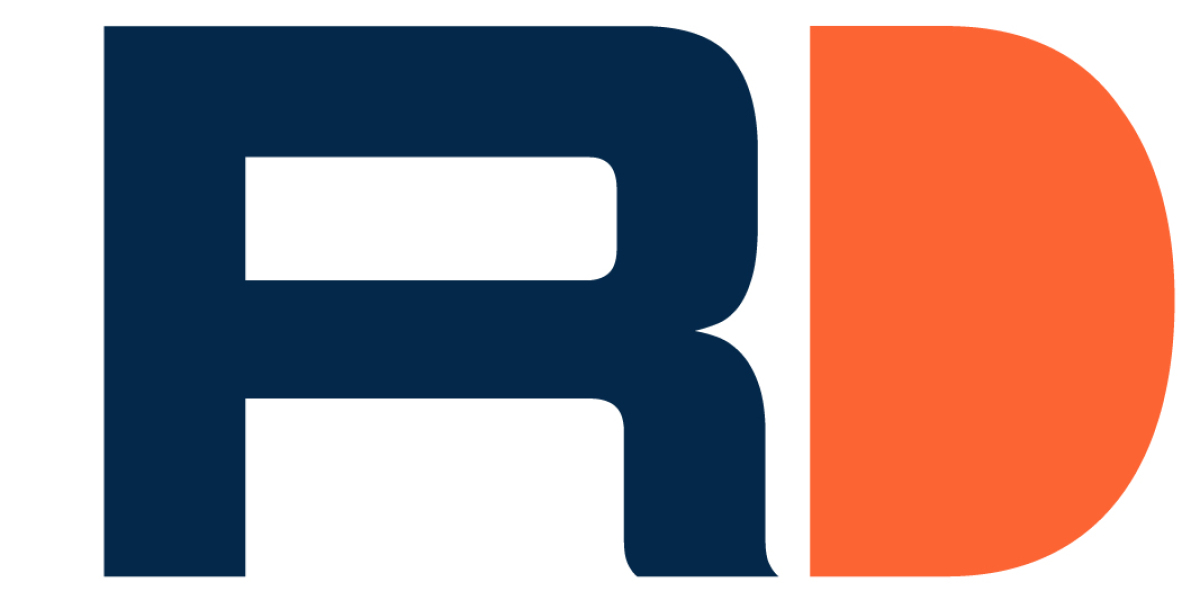In the pharmaceutical industry, the journey from a promising molecule to a market-ready drug involves a complex web of processes and stages. Among these, analytical and formulation development are critical pillars that ensure the efficacy, safety, and quality of the final product. Let’s delve into the intricacies of these two essential aspects of drug development.
Analytical Development: Ensuring Precision and Accuracy
1. Definition and Importance
Analytical development focuses on designing and implementing robust methods to test and quantify drug substances and products. This phase is crucial for determining the purity, potency, stability, and bioavailability of a drug.
2. Key Steps in Analytical Development
- Method Development: Crafting procedures to identify and quantify the active ingredients and impurities.
- Method Validation: Ensuring the methods are reliable, reproducible, and suitable for their intended purpose.
- Stability Testing: Assessing how environmental factors like temperature, humidity, and light affect the drug over time.
- Bioanalytical Testing: Evaluating the drug’s concentration in biological matrices, critical for pharmacokinetic studies.
3. Technologies and Techniques
- Chromatography: Techniques like HPLC (High-Performance Liquid Chromatography) and GC (Gas Chromatography) are used for separating and analyzing compounds.
- Spectroscopy: Methods such as NMR (Nuclear Magnetic Resonance) and MS (Mass Spectrometry) provide detailed molecular information.
- Electrophoresis: Used for separating macromolecules like proteins and nucleic acids based on their size and charge.
4. Regulatory Compliance
Analytical methods must comply with stringent regulatory guidelines, such as those set by the FDA (Food and Drug Administration) and ICH (International Council for Harmonisation). This ensures that the drugs are safe for human consumption.
Formulation Development: Creating the Optimal Drug Delivery System
1. Definition and Importance
Formulation development involves designing and optimizing the drug's composition to ensure its stability, efficacy, and patient compliance. This phase transforms the active pharmaceutical ingredient (API) into a consumable product, like a tablet, capsule, or injectable.
2. Key Considerations in Formulation Development
- API Properties: Understanding the physical and chemical properties of the API, such as solubility and stability.
- Excipients Selection: Choosing inactive ingredients that aid in the drug’s delivery, absorption, and stability.
- Dosage Form: Determining the most suitable form (e.g., solid, liquid, semi-solid) for the drug.
- Manufacturing Process: Developing scalable and reproducible manufacturing processes.
3. Types of Dosage Forms
- Oral: Tablets, capsules, powders.
- Topical: Creams, gels, ointments.
- Parenteral: Injections, infusions.
- Inhalation: Aerosols, inhalers.
4. Challenges in Formulation Development
- Solubility and Bioavailability: Enhancing the drug’s solubility to improve its absorption in the body.
- Stability: Ensuring the drug remains stable under various conditions.
- Patient Compliance: Creating formulations that are easy and convenient for patients to use.
5. Regulatory Pathways
Formulated drugs must undergo rigorous testing and obtain approvals from regulatory bodies before they can be marketed. This includes clinical trials, stability testing, and compliance with Good Manufacturing Practices (GMP).
The Synergy of Analytical and Formulation Development
The interplay between analytical and formulation development is vital for successful drug development. Analytical methods provide the data needed to refine and optimize formulations, while robust formulations ensure that the drug's therapeutic benefits are delivered effectively. Together, these processes help in achieving a balance between drug efficacy, safety, and patient adherence.
Conclusion
Analytical and formulation development are the backbone of pharmaceutical innovation. They not only guarantee that a drug is effective and safe but also that it meets the regulatory standards and is acceptable to patients. As technologies advance, these fields continue to evolve, promising better and more efficient therapies for a myriad of health conditions.








